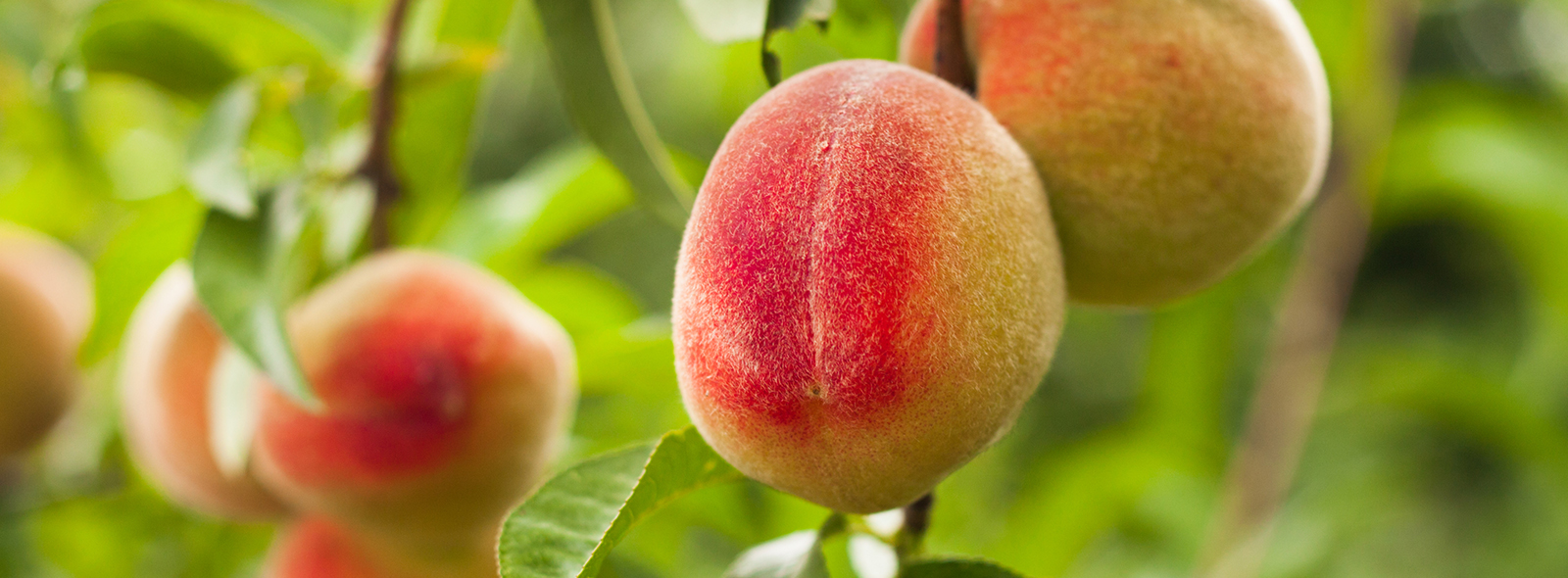
We grow our nectarine varieties at our Melbourne locations.

We have a diverse selection of nectarine species.

We’re happy to provide expert advice, tips and tricks.

Get fresh fruit trees delivered directly to your door.
130 Old Geelong Rd
Hoppers Crossing
VIC 3029
Monday - Saturday: 7 am–5 pm
Sunday: 10 am–3 pm
These hours are subject to change on public holidays

Melbourne's climate is perfect for growing white flesh nectarines, and there are a variety of trees to choose from depending on your backyard space. We have varieties ranging from the Goldmine and May Grand to Fantasia, dwarf fruit trees, plus more. Whichever tree you choose, you will surely enjoy the sweet taste of homegrown nectarines. It’s easy a grow fruit tree at home and enjoy excellent yellow flesh freestone nectarines.

For gardeners in Melbourne, the best time to plant nectarine trees is in late winter or early spring. This gives the trees a chance to establish roots before the hot summer weather sets in. Nectarines need full sun to produce fruits, so choose a spot in your garden that gets at least six hours of sunlight per day. They also prefer well-drained soil, so consider adding some sand or compost to improve drainage if necessary. With proper care, nectarine trees can produce fruit for many years. So if you're looking for a delicious addition to your garden, plant a nectarine tree this spring.

Many gardeners enjoy growing nectarine trees because of their sweet fruit. However, these trees require some special care to ensure a good harvest. One important task is pruning, which should be done in late winter or early spring. Nectarine trees should be pruned to remove any dead or diseased wood and any crossing or rubbing branches.
In addition, it is important to thin out the tree to allow more light and air circulation. This will promote better fruit development. Finally, cut back any overlong branches to encourage a more compact growth habit. With proper pruning, nectarine trees can provide years of enjoyment and bountiful harvests.

Nectarines are a type of stone fruit that is closely related to peaches and plums. The trees are native to China but can now be found in many parts of the world, including Victoria, Australia. Nectarines are generally very hardy and resistant to disease, but there are a few common diseases that can affect trees. These include peach leaf curl, brown rot, and powdery mildew. Leaf curl is caused by a fungus and can cause the leaves to curl up and drop off the tree.
Brown rot is another fungal disease that causes the fruit to rot and can spread quickly through a nectarine tree. Powdery mildew is a type of fungus that affects the leaves and fruit of the tree, causing them to develop a white powdery coating. While these diseases can damage nectarine trees, they can be controlled with proper care and treatment.
A nectarine tree can take three to five years to produce fruit, depending on the rootstock, growing conditions, and pruning practices. Trees grown from seed often take longer to bear fruit than those grafted onto an existing rootstock. Similarly, trees grown in poor soil or harsh climates may also take longer to bear fruit. Proper pruning is also essential for promoting fruit production. Without proper pruning, a nectarine tree may produce a large quantity of small fruits that are not as flavorful as those that are properly pruned. As a result, it is important to consult with a professional before planting a nectarine tree to ensure that it can produce high-quality fruits in a timely manner.
When it comes to fruit trees, choosing the right location is essential for ensuring a bountiful harvest. Nectarines are no exception. These delicate trees require full sun and well-drained soil to thrive. They also prefer slightly acidic soil, with a pH between 6.0 and 7.0. Regarding watering, nectarine trees need consistent moisture to produce juicy fruit.
However, they are susceptible to root rot, so it is important to avoid overwatering. When it comes time to plant, choose a spot that receives at least eight hours of sunlight daily and has well-drained soil. Your nectarine tree will provide you with years of delicious fruit with proper care.
Nectarines are stone fruit belonging to the same family as peaches, apricots, and plums. They are native to China and have been cultivated there for over 2000 years. Today, nectarines are grown in many temperate regions worldwide, including Australia. In Australia, nectarines are usually harvested between November and February.
Thanks to the country's warm climate, firm flesh nectarines grown in Australia are juicier and sweeter than those grown in other parts of the world. If you're looking for a delicious summer medium-sized fruit, pick some Australian-grown nectarines - they’re best eaten fresh.








